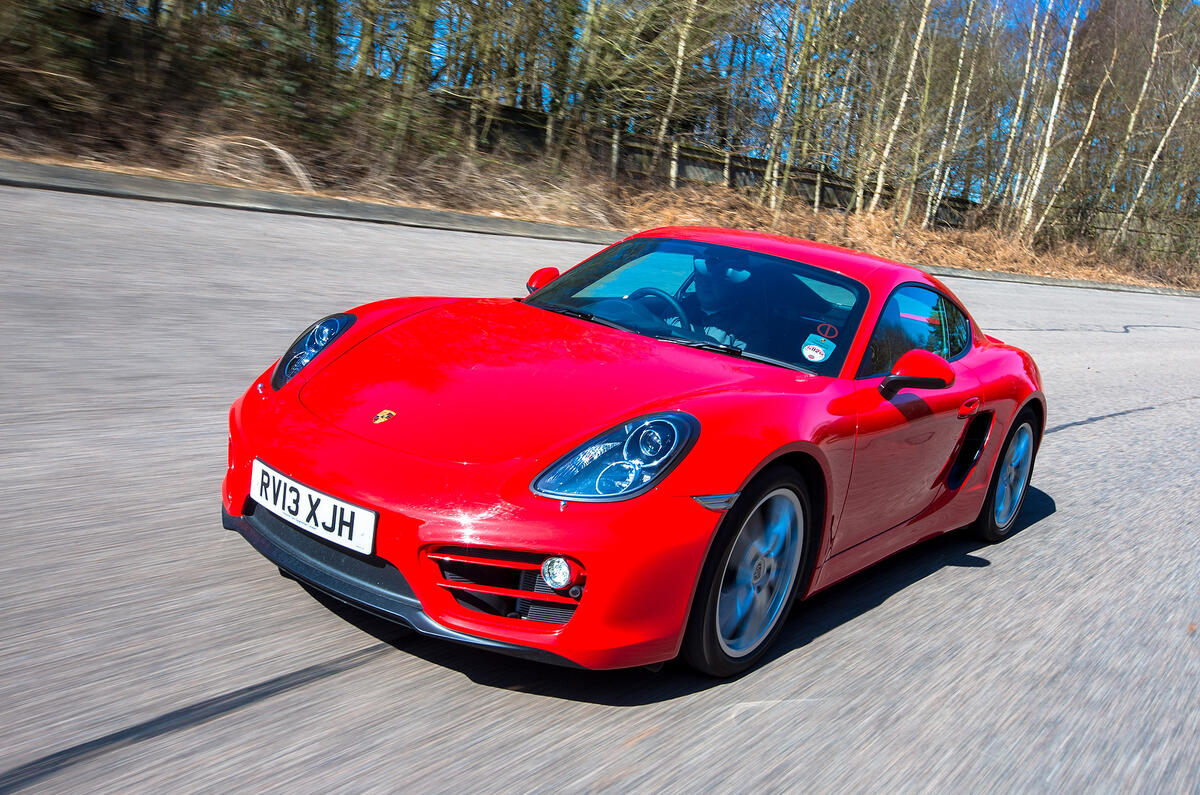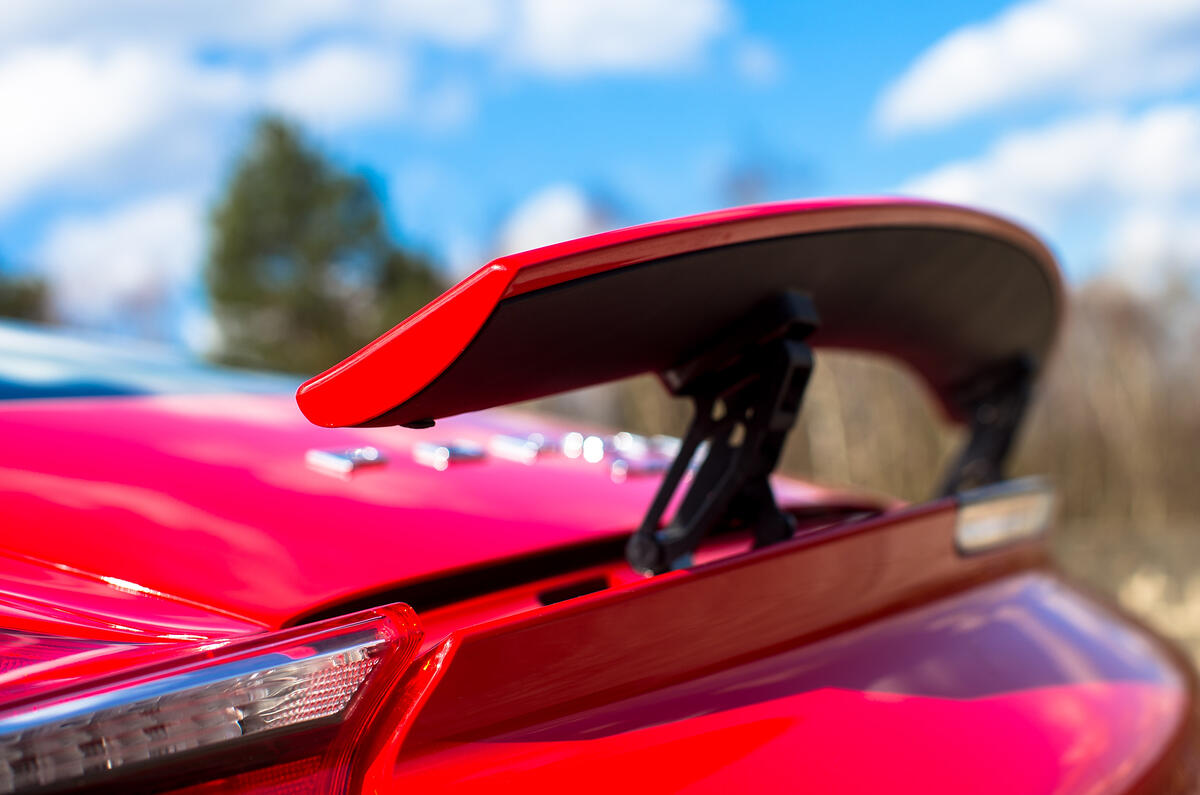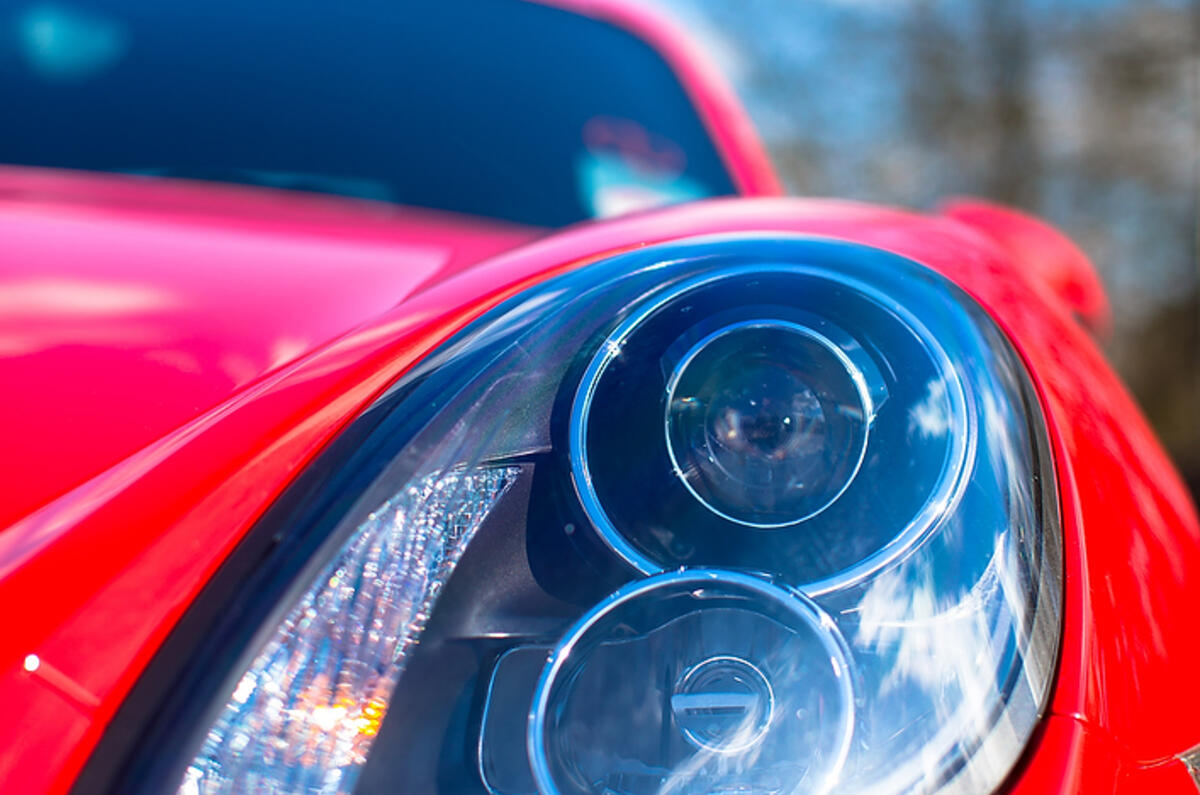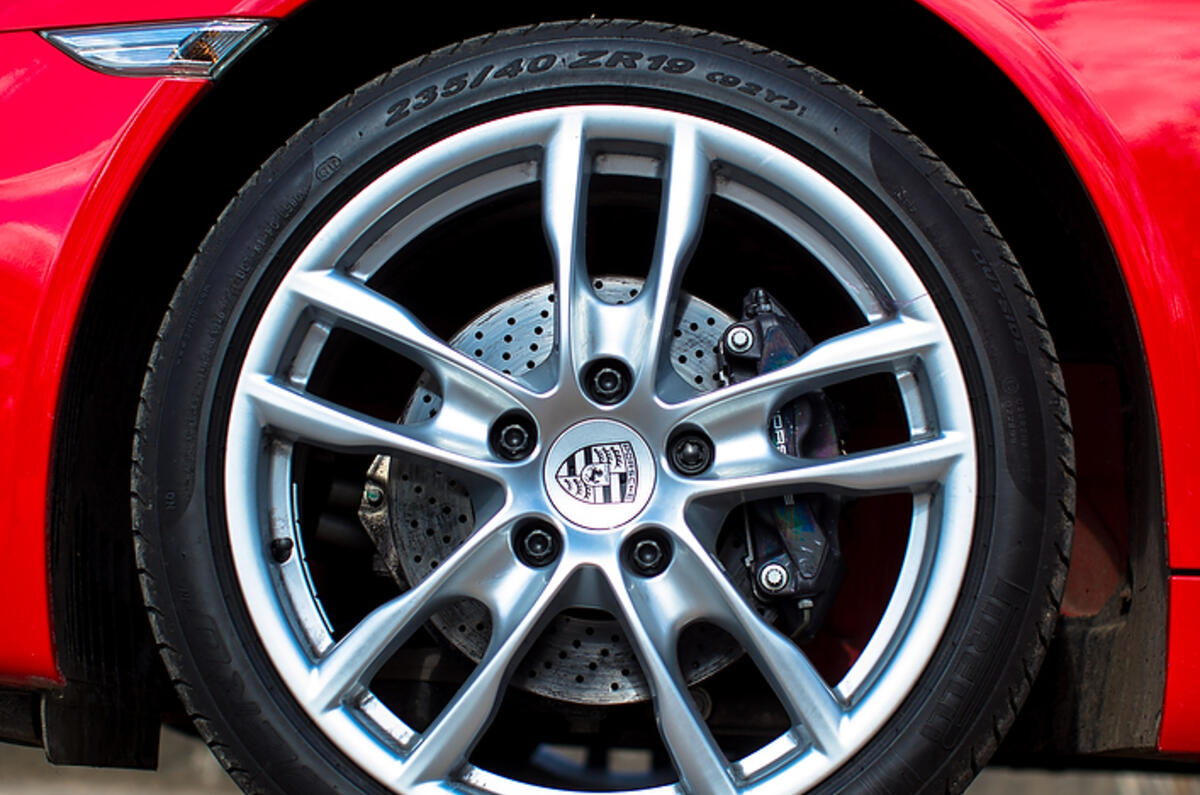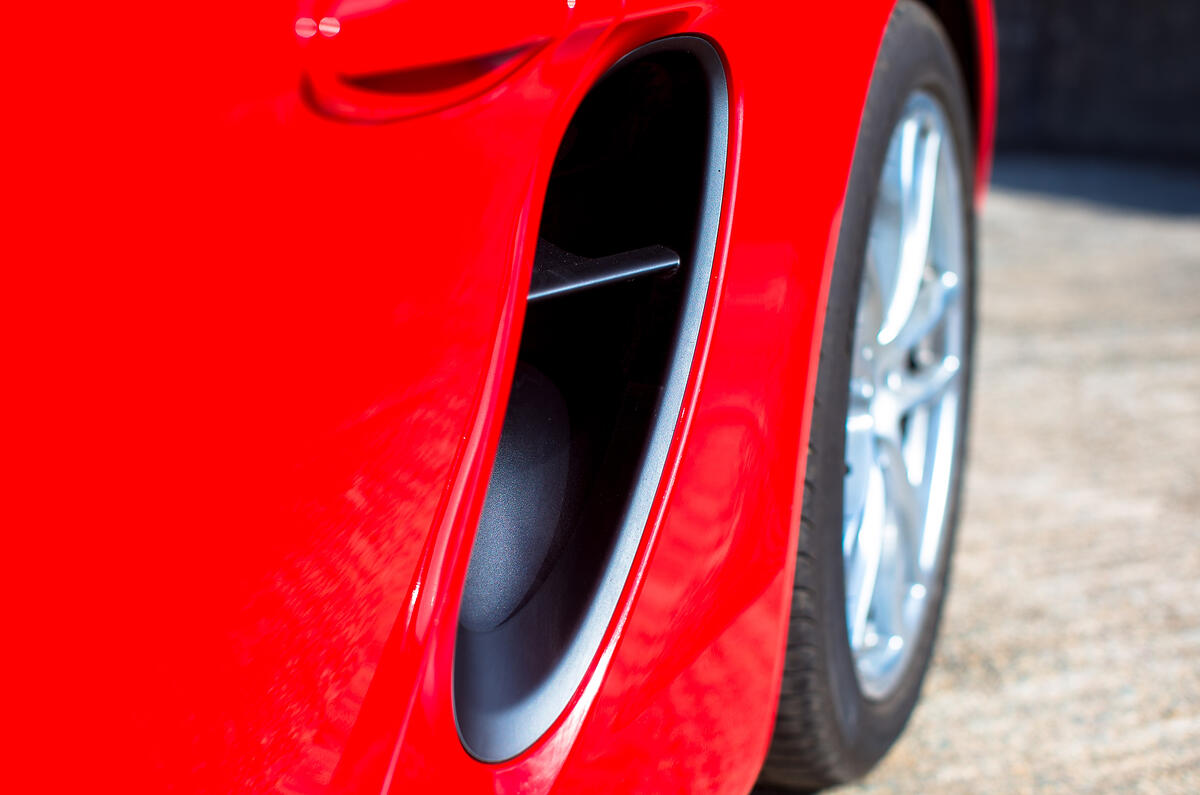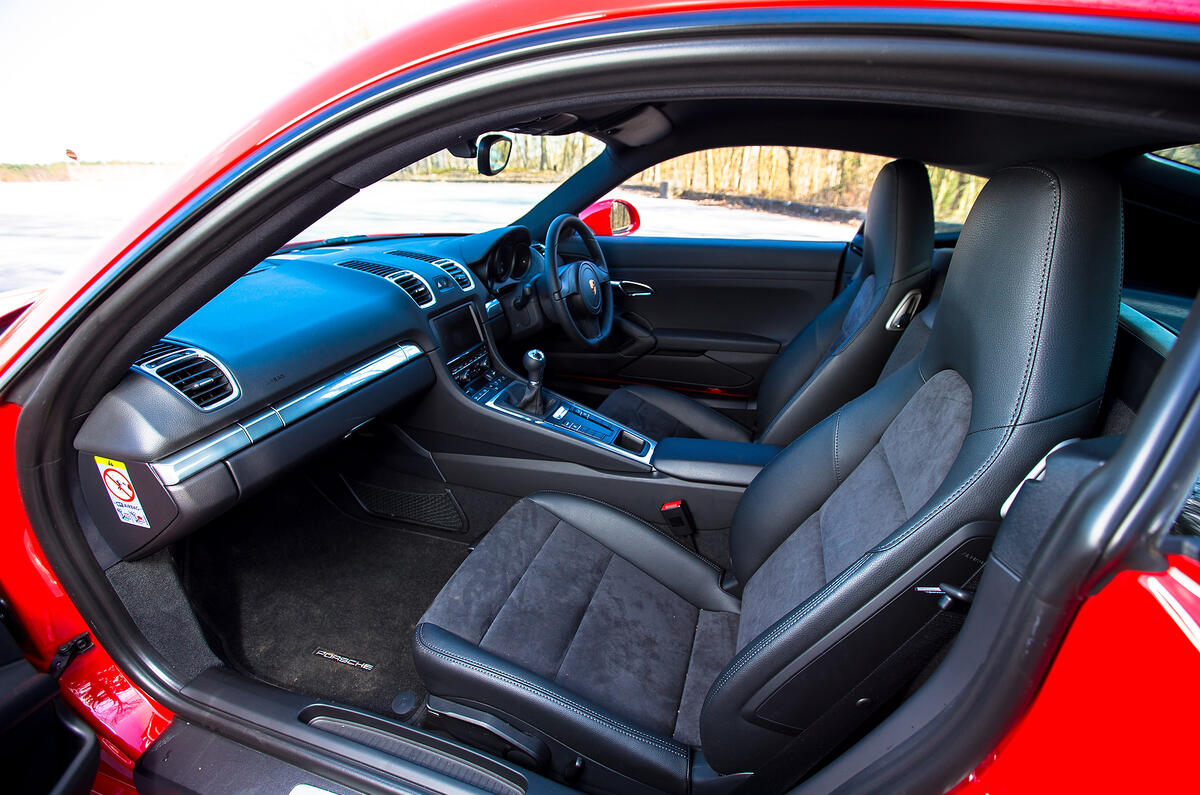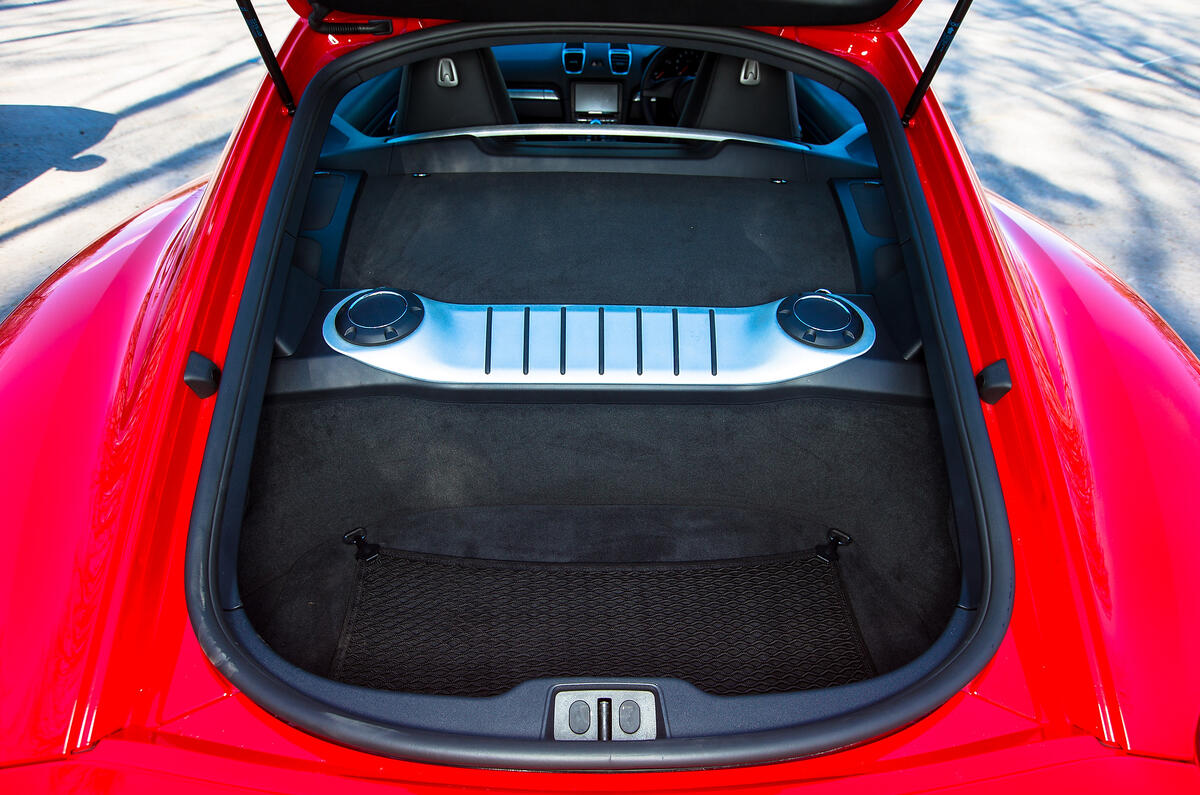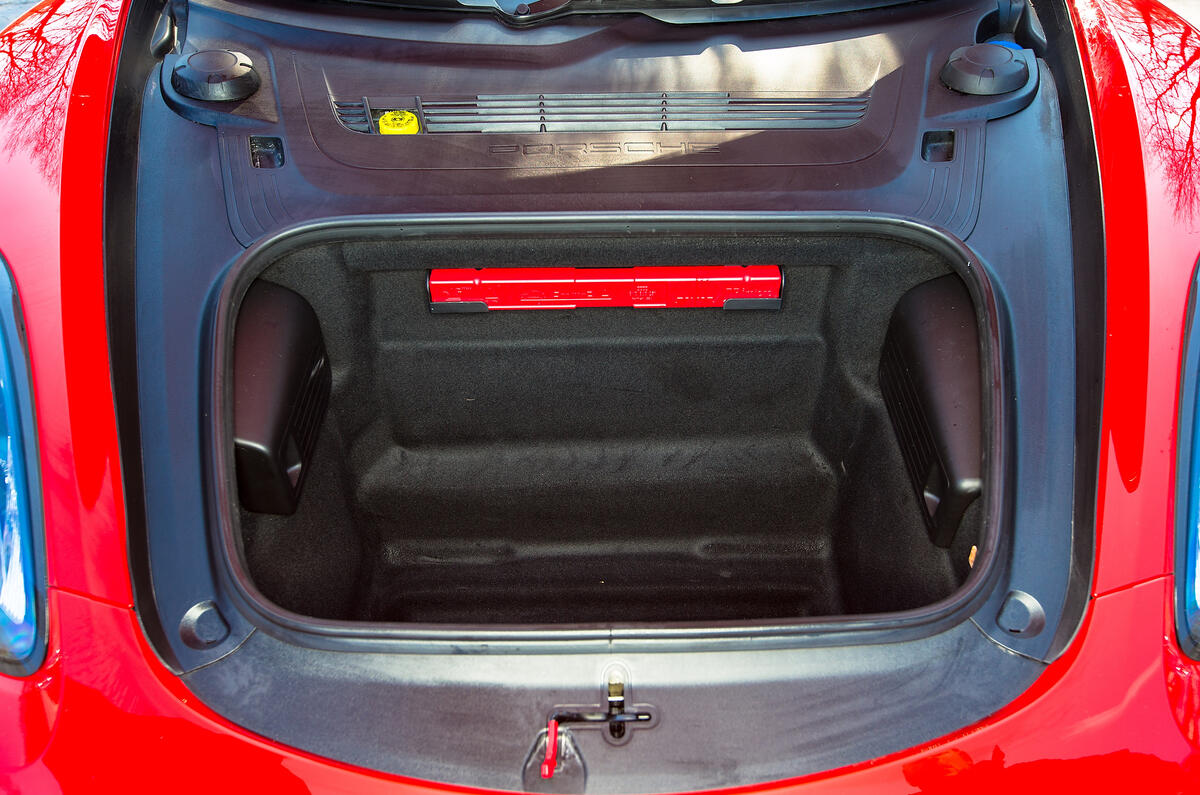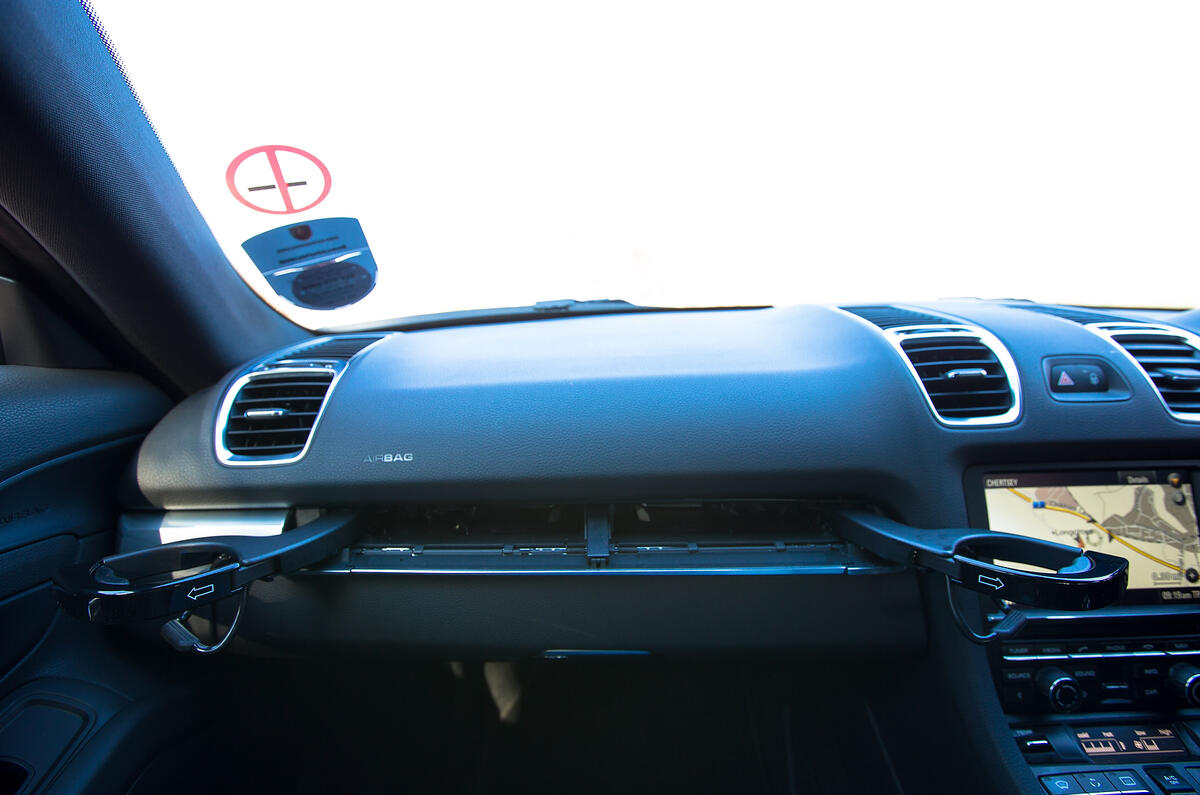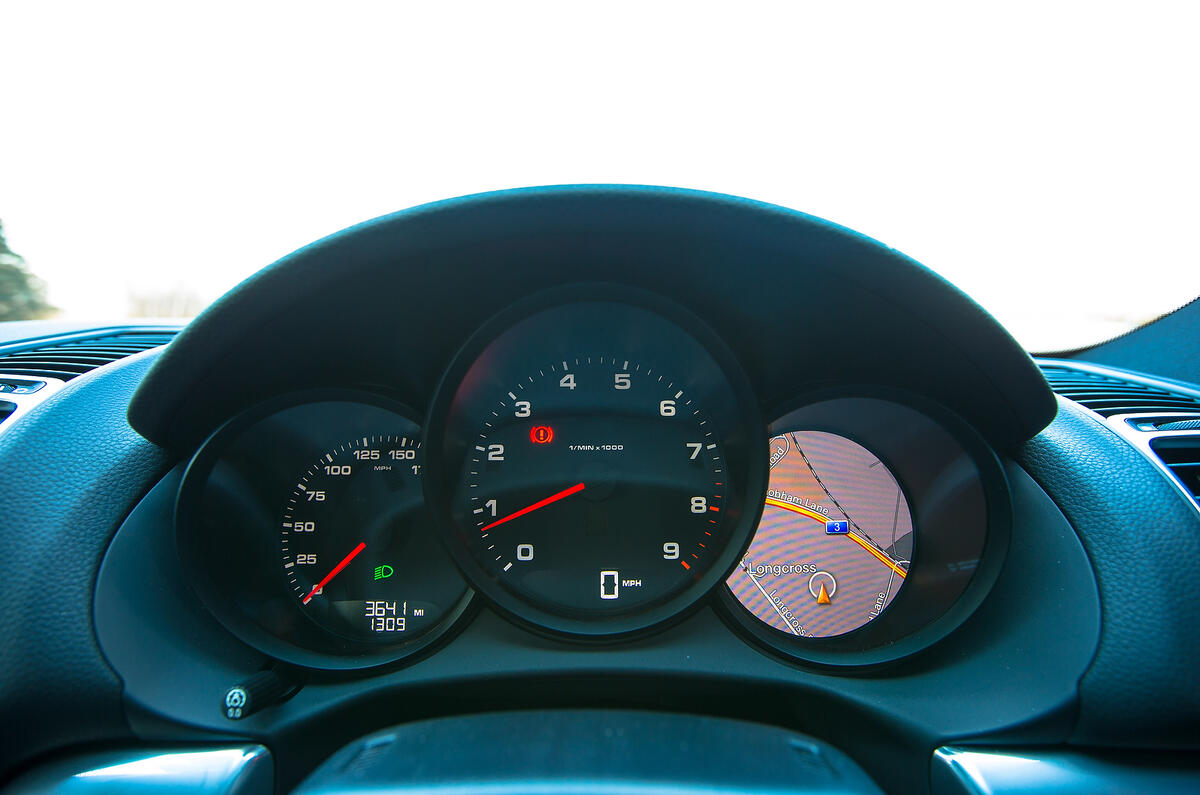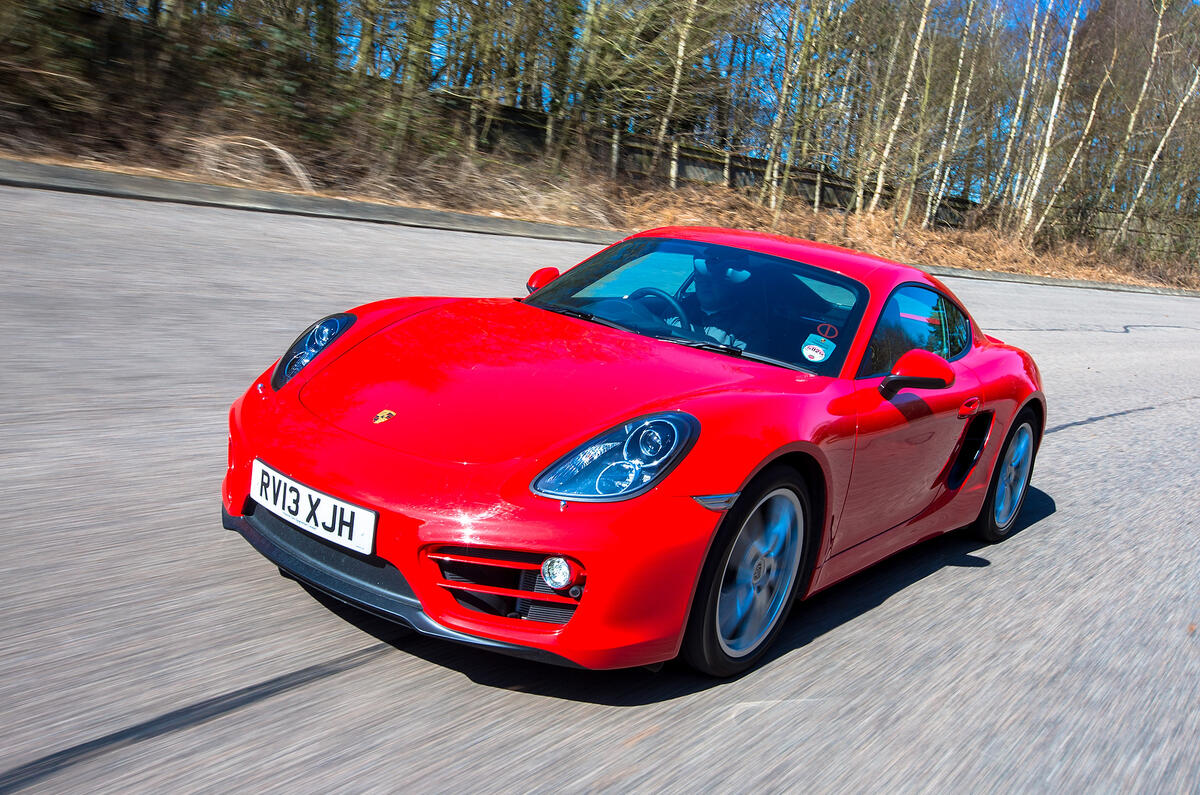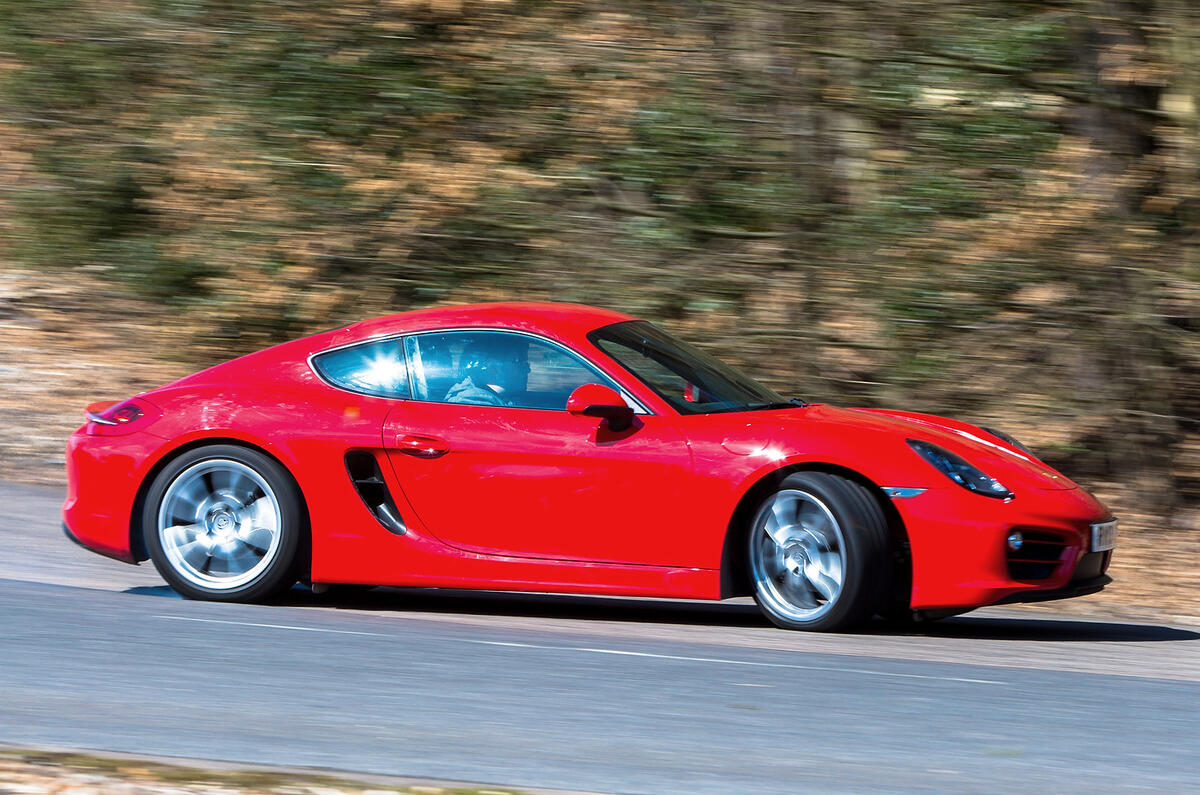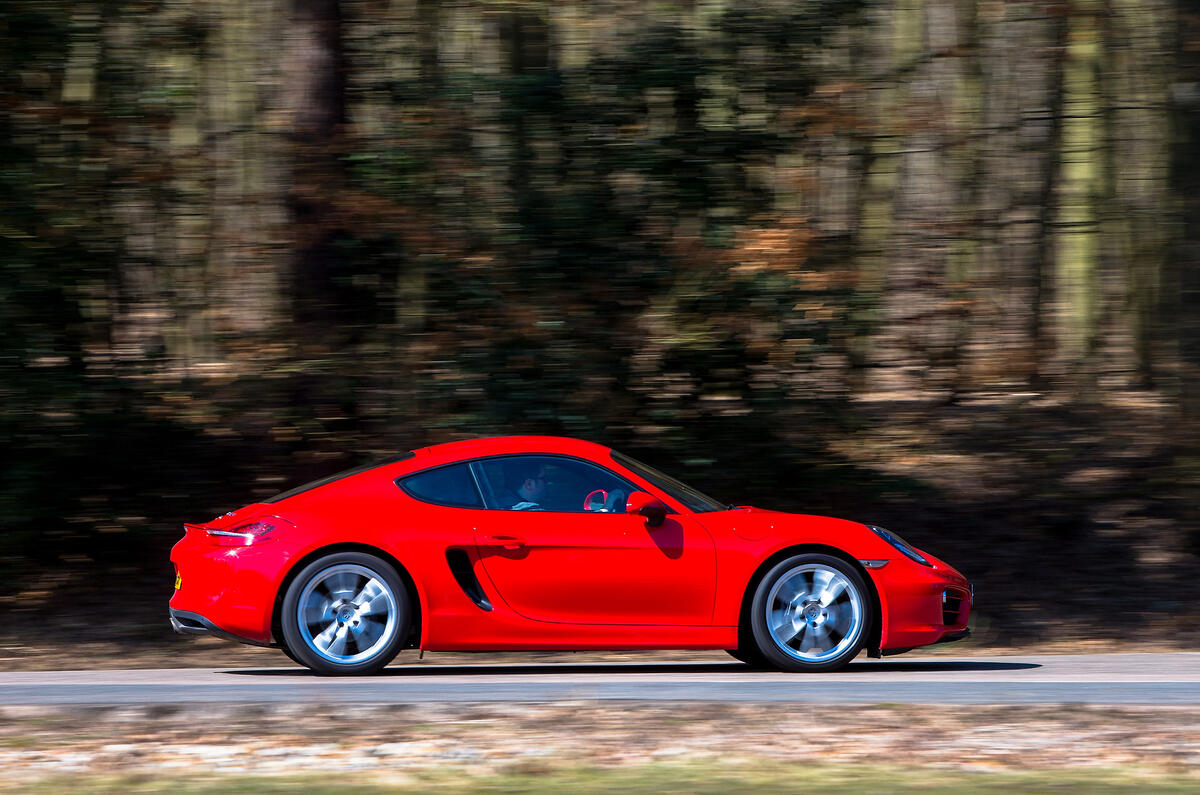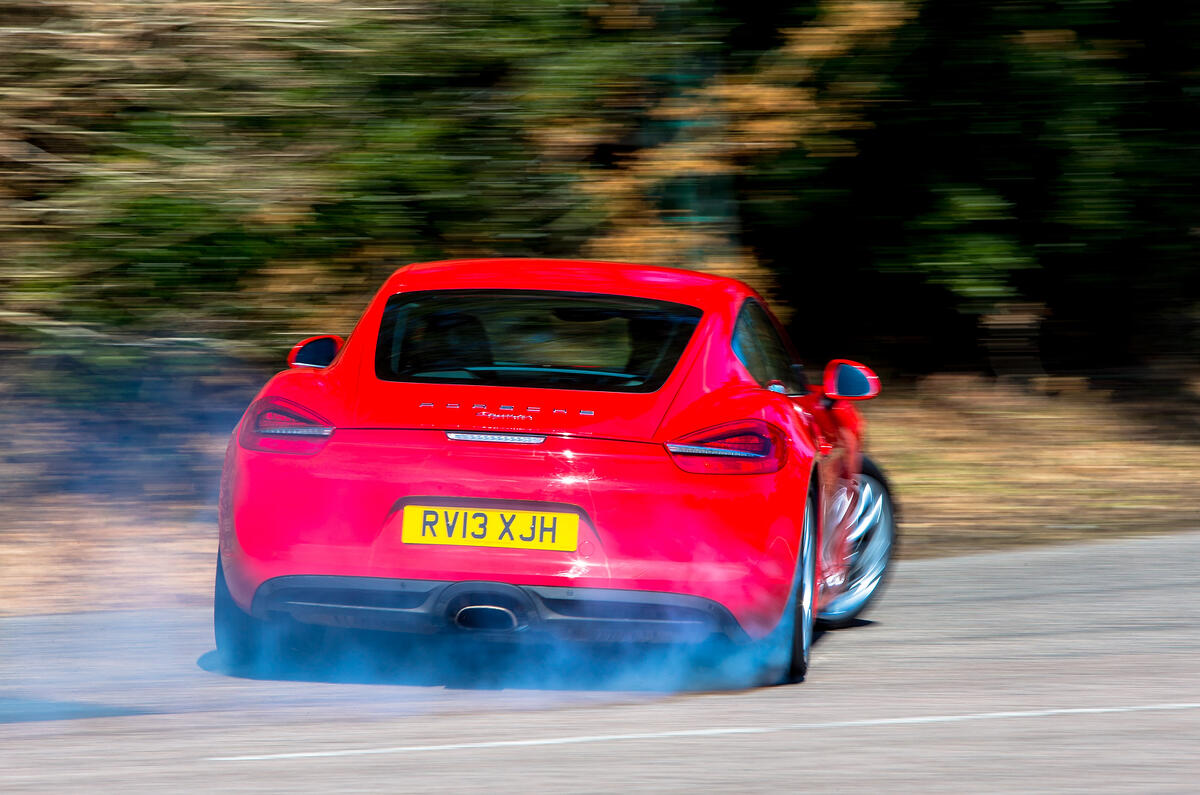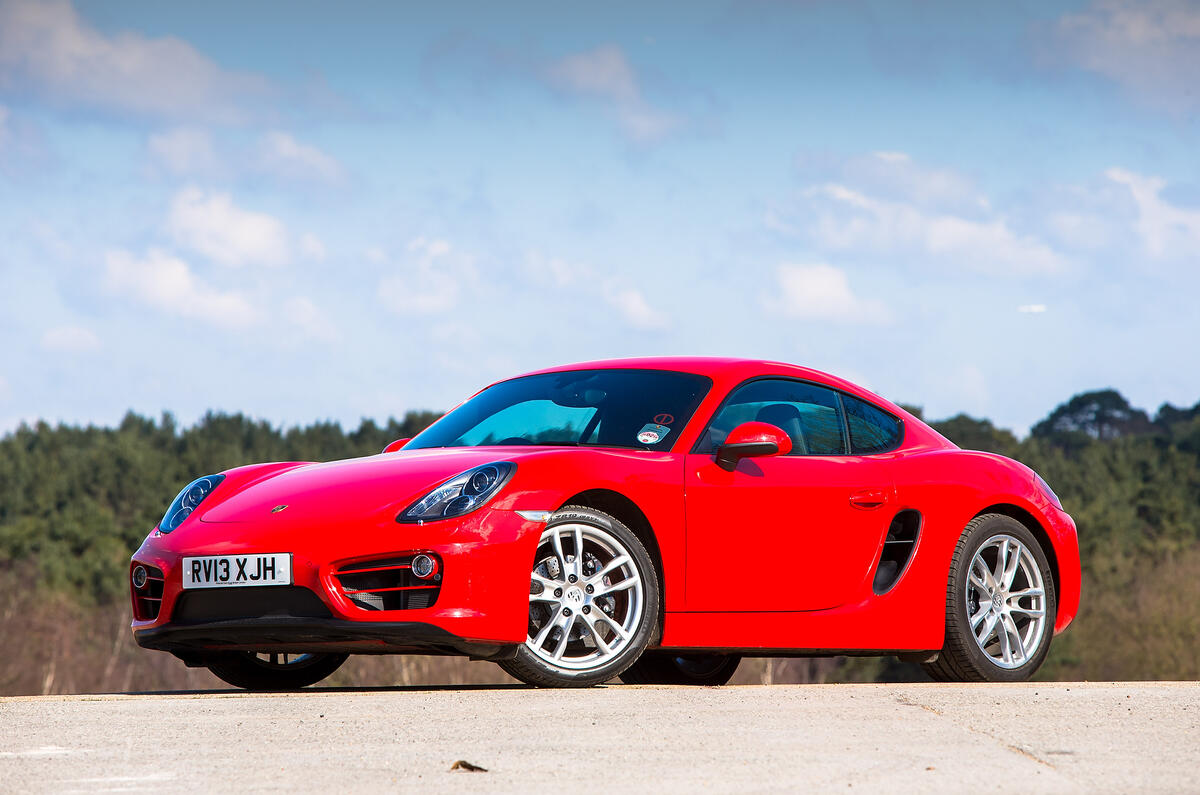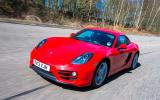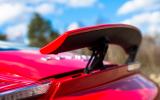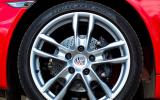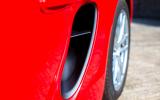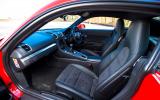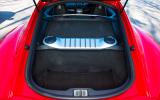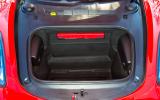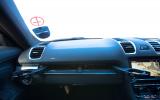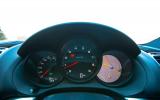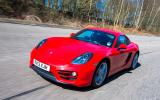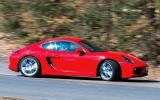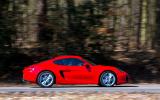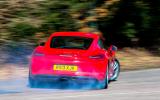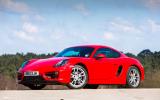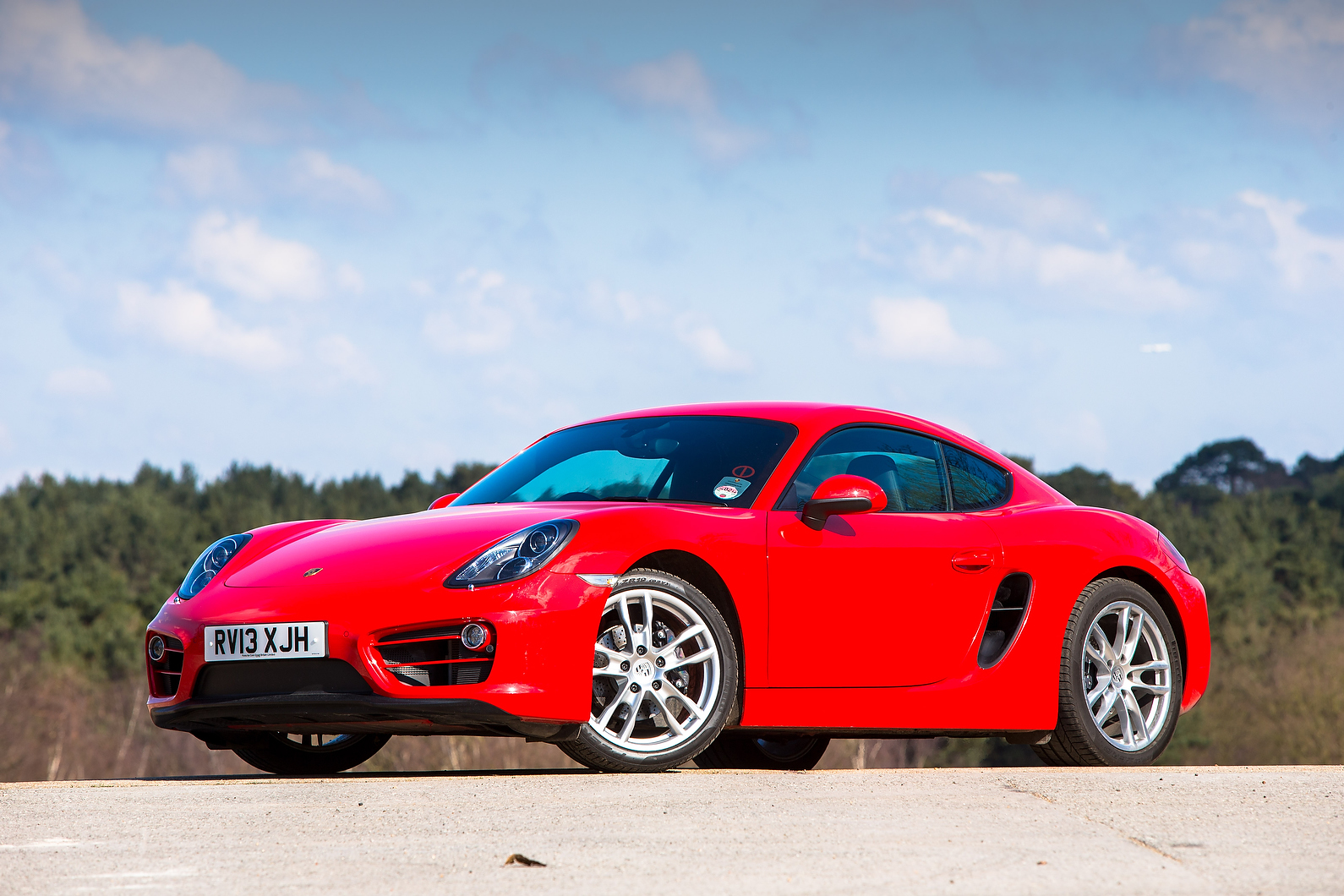Any new Porsche model is bound to be met with considerable attention and not a little enthusiasm, but few are likely to be greeted with the anticipatory fervour that the Porsche 718 Cayman generates.
The first generation quickly became a benchmark – not just for its compelling, forgiving and beautifully resolved mid-engined handling, but also for the obvious completeness of the product around it, and its comparative affordability.
Introduced in 2005 as the covered-over version of the Porsche 718 Boxster, the original Cayman came with either a 3.4 or 2.7-litre straight six. A facelift in 2009 replaced the 2.7 with a 2.9, and the more powerful Cayman R was introduced to universal acclaim in 2011.
When launched, the question that it gently prompted – why would you buy a Porsche 911? – turned into a detailed and convincing thesis by the end of the car’s life cycle. Porsche recognised most clearly of all, thus ensuring, figuratively at least, that the Cayman couldn’t outgun its notional better.
That trend continues with the second generation. Despite sharing the 3.4-litre flat six engine, the new Porsche Cayman S model’s output is almost 25bhp behind the entry-level 911’s.
The basic Porsche Cayman is further back still, with 271bhp, but it’s also substantially cheaper than the baseline 911.


